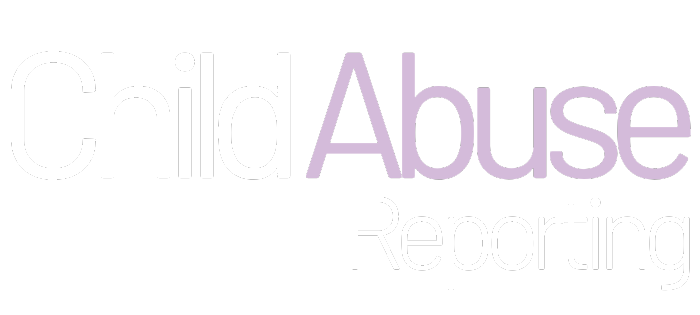Coronavirus Pandemic Creates Challenges for Keeping Kids Safe
When COVID-19 closed schools, shuttered workplaces and sent us all home to “pause,” reports to the child abuse hotline dropped dramatically, raising the specter that child abuse and neglect cases were going unreported. And of those that were reported, the pandemic raised barriers that sometimes prevented as candid an interview with the child as normally would have been done.
“Our biggest concern during all of COVID is the ability to do in-depth interviews with children and find out truly what is happening at home,” said Kathy Cardilli, Director of Child Protective Services for Monroe County. She said that most kids had to be interviewed at home, often in the presence of their parents. “There are some kids that will tell you all what’s happening at home with their parents there, but that’s probably a smaller proportion than the kids that won’t.”
The loss from schools being closed was two-fold – fewer reports because teachers weren’t seeing students in person and the loss of the ability to interview kids at school, outside the presence of their parents.
“For some of these kids, what happens at home is the norm for them, they don’t realize it really is probably neglectful or abusive. So most times when we truly find out what is happening at home, it’s because we have the ability to interview a child privately away from their caretakers. And for us school was our number one place.”
Now that most schools have reopened, challenges remain.
“We wonder, given that some children are in school only a couple of days a week, will that mean that teachers have less time to develop relationships with kids?” It is the relationship with a teacher that often persuades a child to reveal what is happening to them at home, she said. “Also, if a child has an injury to their face, will the teacher even be able to see it from six feet away? Especially when the child is wearing a mask that covers most of his face?”
Cardilli estimates that reports declined about 40 percent after schools closed in mid-March. That decline is attributable to more than just schoolteachers and administrators. Kids were going to fewer doctors’ appointments, some day care centers closed, therapy appointments went to a telehealth format and even visits with extended family, in many cases, were eliminated. In short, most of the places where kids are seen by adults other than their parents were closed to them.
She hopes now that schools are back in session, at least on a part-time basis for most students, that CPS access to students at school will return.
“We know what challenges the schools are facing, and we don’t expect it to be easy,” she said. “But we hope schools recognize the important role they play in detecting child abuse and neglect and the equally important role they play in the investigation of those incidents.”
And she said that she knows that schools have a lot on their plate already. “But I think it’s important to recognize that neglect and abuse interfere with the child’s ability to learn. A hungry child won’t focus on their lessons. A child who is afraid for their safety won’t be able to complete homework, or focus on remote learning.”
Definition:
Reasonable Suspicion
A reporter may form a reasonable suspicion that child abuse or neglect is occuring when two factors are present:
The reporter has information that suggests a child has been hurt or harmed by a parent/person legally responsible for the child.
Another experienced mandated reporter would suspect child abuse or neglect if given the same information.
In-Depth:
Laws Governing Child Abuse And Neglect
State Law #1. New York State Child Protective Services Act of 1973
New York State (NYS) created a child protective SYSTEM in a statute (law) with five fundamental components:
- Detection through third-party recognition of children in danger, including mandatory and voluntary reporting of suspected child abuse and maltreatment.
- NYS Central Register of reports of suspected child abuse and maltreatment.
- Creation of Child Protective Services (CPS) to:
- verify reports
- provide immediate protection of children
- begin the process of helping families by providing rehabilitative and ameliorative services.
- Emergency protective custody of children determined to be in “imminent danger.”
- Court Action when necessary. Family Court action (at the request of CPS) to remove a child, remove the allegedly abusive or neglectful parent from the child’s residence and impose treatment. Criminal Court action (at the request of law enforcement after a referral of the case from CPS) to prosecute the perpetrator for types of abuse that are criminally punishable. These include sexual abuse, severe physical abuse, or child endangerment.
This system in NYS, is based on Social Services Law, the Family Court Act, and criminal law.
State Law #2. New York State Child Abuse Prevention
Act of 1985
Expanded on the New York State (NYS) child protective SYSTEM in a statute with four fundamental components:
- Expanded training programs on child abuse and neglect.
- Developed standards for employment of those who work with children.
- Screening potential child care employees.
- Provided protection of children in 24-hour residential care facilities.
View all previous newsletters in the archive.

